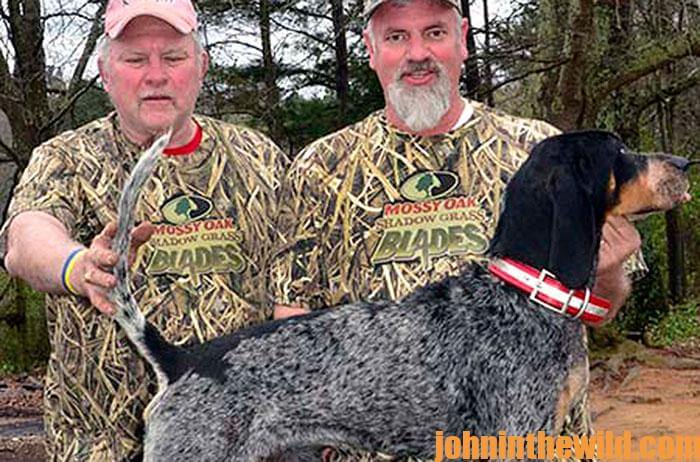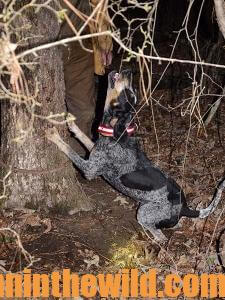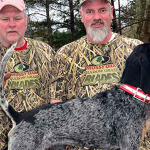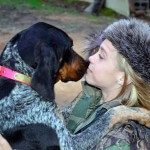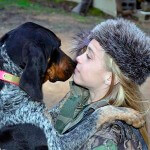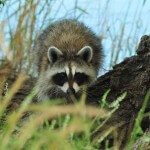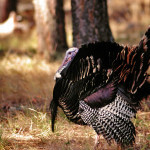Editor’s Note: During the still summer nights high on top of a hill, men will sit and listen to that pure sweet country music made by hounds with bawl and chop mouths. There’s a huge army of coon hunters that most of the hunting world never sees. Many of them hunt all year long and practice catch-and-release.
They’re tough. They cross creeks, swim rivers, crawl through briars and get hit in the face by limbs they never see. When our country was more rural and made up of many small farms, owning one or more coon hounds to protect your crops and produce an income was a necessity. In parts of the U.S., this is the same reason that farmers own, raise and hunt coon dogs today. But today, coon hunting and raising, training and selling coon dogs also has become a productive part-time job for hunters like Dexter Whatley of Kildare Junction in Cass County, Texas.
In many states, you can run coons with dogs all year long, but you only can harvest coons during coon season. To learn more about when men and women hunted coons, raised coon dogs, swapped and sold coon hounds we talked with Whatley, who’s been raising, training, showing and competing with coon dogs for 50 years.
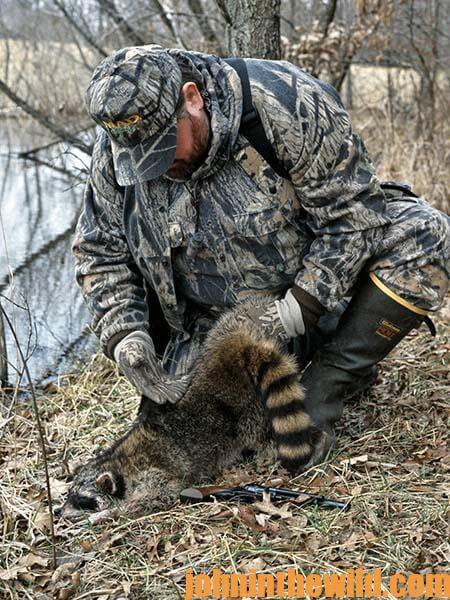 The first coon dog Dexter Whatley ever owned totally was a blue tick female hound given to him by his Uncle Bernice, who was a peach farmer.
The first coon dog Dexter Whatley ever owned totally was a blue tick female hound given to him by his Uncle Bernice, who was a peach farmer.
“This dog didn’t have any papers. My Uncle Bernice and my grandpa kept really top-notch coon dogs to protect their corn and their peaches and to produce hides for the market. If the dog wasn’t smart, wasn’t straight on the track (ran and chased only coons) and couldn’t find several coons in a night, that dog got another place to live.
“I look for intelligence in a coon dog.” ~ Dexter Whatley
“There’s a wide variety of coon hound breeds – Walker hounds, blue ticks, redbones, Plotts and a new breed called the American leopard hound – what we used to call a Catahoula cur. Most often, a coon dog man will pick one breed of coon hounds and stick with that breed. Since the first dog I ever owned totally was a blue tick female, and she produced some great pups, I decided to stay with that breed. The first thing I consider when I’m looking to buy a hound is whether the man who has a dog or a pup for sale is known for being honest and if all the dogs he has sold in the past have performed as advertised.
“Then I look for intelligence in a coon dog. The person who taught me how to pick an intelligent pup was my Grandpa Maxie. He used to always tell me, ‘Don’t pick a pup that doesn’t have a knowledge knot on his head.’ Grandpa’s interpretation of a knowledge knot was a dog with a big dome head. Grandpa always thought if a dog had a big head then that dog had plenty of room for brains. He thought the more brains a dog had, the smarter he was. The more intelligent a dog was, the easier he was to train, and he could hunt and find coons better.
For many years, I believed this was probably just an old country saying. However this past year, I went to a seminar by a Mr. Cavanaugh – the president of the United Kennel Club (UKC) www.ukcdogs.com. When he talked about the anatomy, physiology and confirmation of a good coon dog, he explained that having a big head was an important part of a coon hound’s physiology. So, I guess Grandpa really did know what he was talking about, when he said a big-headed pup had room for more brains and should make a smarter dog than a dog with small head. So, I always look for that knowledge knot (big head) on any pups or dogs that I’m considering purchasing a part of or all of the dog.
“Another important characteristic of my breeding program is I try to purchase female blue tick hounds that have been sired by a Grand Nite Champion and/or have won a Grand Nite Championship. When a female like that is 2-1/2-years old, she usually will sell for between $4,000 and $5,000 today. I won’t buy a Grand Nite Champion dog or breed to one that hasn’t proven that his or her offspring can and have become Grand Nite Champions. A male Grand Nite Champion generally sells for $5,000 – $6,000. But for me and my breeding and training program, I’m looking for Grand Nite Champion offspring that have proven to be Grand Nite Champions.
“Another type of coon hound that people buy other than coon hound pups are 2-1/2-year-old coon dogs known as a started coon hound. There are many definitions for a started coon hound. We usually think of a started coon hound as a coon dog that’s started to learn how to follow a track and tree a coon. Maybe that dog has been running with a pack of good coon hounds when he’s young, or maybe he’s followed a coon in a roll cage and barked when the cage with the coon in it has been pulled up in a tree. Here’s what I consider a started coon dog. The dog:
- “will sit when you tell him to sit;
- “will stay on command;
- “will come when you call him;
- “has good manners and won’t try and fight with other dogs;
- “will be gentle on the leash;
- “won’t be an aggressive dog, nor a cowardly dog.”
To learn more about all outdoor subjects, get John E. Phillips’ Kindle eBooks and print books on fishing for bass, crappie, catfish and all saltwater offshore and inshore fish and hunting for dangerous game, deer, elk and turkeys- click here to browse and buy John’s books.
Share this page with a friend!
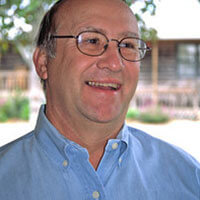 About the Author
About the Author
John Phillips, winner of the 2012 Homer Circle Fishing Award for outstanding fishing writer by the American Sportfishing Association (ASA) and the Professional Outdoor Media Association (POMA), the 2008 Crossbow Communicator of the year and the 2007 Legendary Communicator chosen for induction into the National Fresh Water Hall of Fame, is a freelance writer (over 6,000 magazine articles for about 100 magazines and several thousand newspaper columns published), magazine editor, photographer for print media as well as industry catalogues (over 25,000 photos published), lecturer, outdoor consultant, marketing consultant, book author and daily internet content provider with an overview of the outdoors. Click here for more information and a list of all the books available from John E. Phillips.



